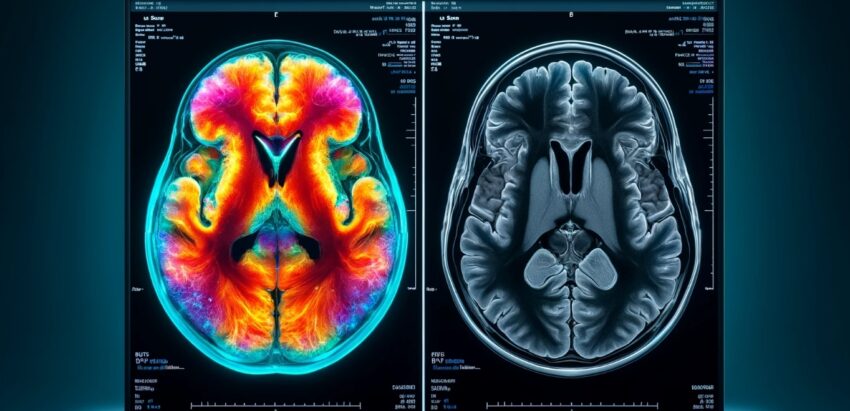| Listen to our audio presentation: The Discovery of Viruses and Bacteria: Pioneers and Paradigm Shifts in Microbiology |
In a remarkable breakthrough, researchers have identified brainstem cells that serve as the primary regulator of our body’s immune response. This discovery will deepen our understanding of the intricate relationship between the brain and the immune system and may open new avenues for treating autoimmune conditions.
Scientists have long been aware that our brain plays a crucial role in the immune system, but the exact nature of this relationship was largely uncharted. In a recent publication in Nature, scientists have unveiled the existence of cells within the brainstem that respond to immune signals from the body’s periphery and regulate the balance of the inflammatory response.
The discovery is akin to a “black swan event” – unexpected but fitting perfectly into the existing biological paradigm. “This study shows that there is a whole new layer of biology that we hadn’t anticipated,” says Ruslan Medzhitov, an immunologist at Yale University.
Unveiling the ‘Rheostat’
The studies led by Hao Jin, a neuroimmunologist at the National Institute of Allergy and Infectious Diseases, have shown these cells play a role akin to a ‘rheostat’, maintaining a delicate equilibrium of inflammatory responses essential for our health.
When harmful foreign bodies infiltrate, our immune system launches an inflammatory defense. Depending on the presence or absence of specific triggers, this inflammatory response can vary. Too weak, it exposes us to the risk of infections. Too potent, it unleashes a torrent of immune cells and compounds that can potentially harm our own tissues and organs.
New Therapeutic Perspectives
More interestingly, the researchers discovered two separate neuron groups in the vagus nerve that respond to pro-inflammatory and anti-inflammatory molecules. This opens up promising prospects for manipulating this network to address immune system disorders.
Targeting these cells could provide a novel therapeutic approach for conditions like autoimmune diseases or long COVID, a debilitating syndrome that lingers on long after a SARS-CoV-2 infection. “There’s evidence that therapies targeting the vagus nerve can treat diseases such as multiple sclerosis and rheumatoid arthritis,” says study co-author Charles Zuker, a neuroscientist at Columbia University in New York City.
The Path Forward
Like the tip of an iceberg, this discovery hints at much more. Other routes might exist, through which the body communicates immune signals to the brain. More research is needed to understand these mechanisms fully.
“We’re just scratching the surface,” says Stephen Liberles, a neuroscientist at Harvard Medical School. “We need to understand the rule book of how the brain and the immune system interact.”
Nevertheless, this represents a giant leap in our quest to understand the vast and mysterious interconnections between our brain and body.
Information Box:
– The brainstem interconnects the cerebrum and diencephalon with the spinal cord.
– It’s composed of the midbrain, the pons, and the medulla oblongata.
– It regulates key functions like heart rate, respiratory function, and sleep cycle.
– The brainstem also dictates the main motor and sensory nerve supply to the face and neck.
References:
1: Nature.com – Found: the dial in the brain that controls the immune system
2: Digital News Research

